Five sure-fire ways to get your car stolen
Most people would say their car is one of the most valuable assets they own — if not the most valuable. Despite that, however, some people make it downright easy for thieves to drive off in their pride and joy.
At Sandvik Insurance Agency, we don’t want you walking out your door to an empty driveway or leaving Apachee Mall only to find some broken glass left behind in your parking space. So take care to avoid these five mistakes.
- Leave your car running ... and unattended. We know it can be chilly in the mornings, and who wants to wait in a cold car while it warms up? Well, a thief certainly won’t mind the chill — as he’s driving away in your car while you’re finishing that cup of coffee in your kitchen. If your car is running, you should be in it. Period. Even if you’re just running over to the ATM to get some cash or dropping off some mail.
- Keep a spare set of keys inside the car. Law enforcement agencies say this is a great way to turn a car prowler into a car thief. They’re already breaking into your car to get a phone, or a laptop, etc. What do you think they’re going to do when they find a set of keys? They’re not going to drop them off on your porch with a nice note, that’s for sure.
- Put valuables in plain sight. Seems simple, but we’ve all made this mistake. You’ll just be in the store for a second, after all, so who cares if you leave your smartphone on the front seat? Or items from your other errands in the back seat? Be smart — if you have to leave items in your car, put them in the trunk, or at least hide them as best you can. And do it before you get to your next destination.
- Leave your car unsecured. The best thieves can work wonders with a window that’s left open even just a crack. And even the worst thieves can steal a car that’s been left unlocked, with no alarm set.
- Assume nobody would want to steal your car. Think your car is too old or too undesirable for a thief to bother? Scrap metal is worth money, so never assume that your car is safe — even if you think it’s just a “junker.”
Keeping thieves away helps to keep everyone’s insurance costs down, so avoiding these mistakes not only will save you hassle, it will save you money as well. So stay safe, not only on the roads, but in the parking lots as well!
Contact Us!
At Sandvik Insurance Agency, we can work with you to make sure you've got the coverage you need, while at the same time using all possible credits and discounts to make that coverage affordable. Just give us a call at 507-226-8481 or send us a note at contactus@sandvikagency. We want to help you meet your goals, and make sure what's important to you is protected!
Content provided by Safeco Insurance

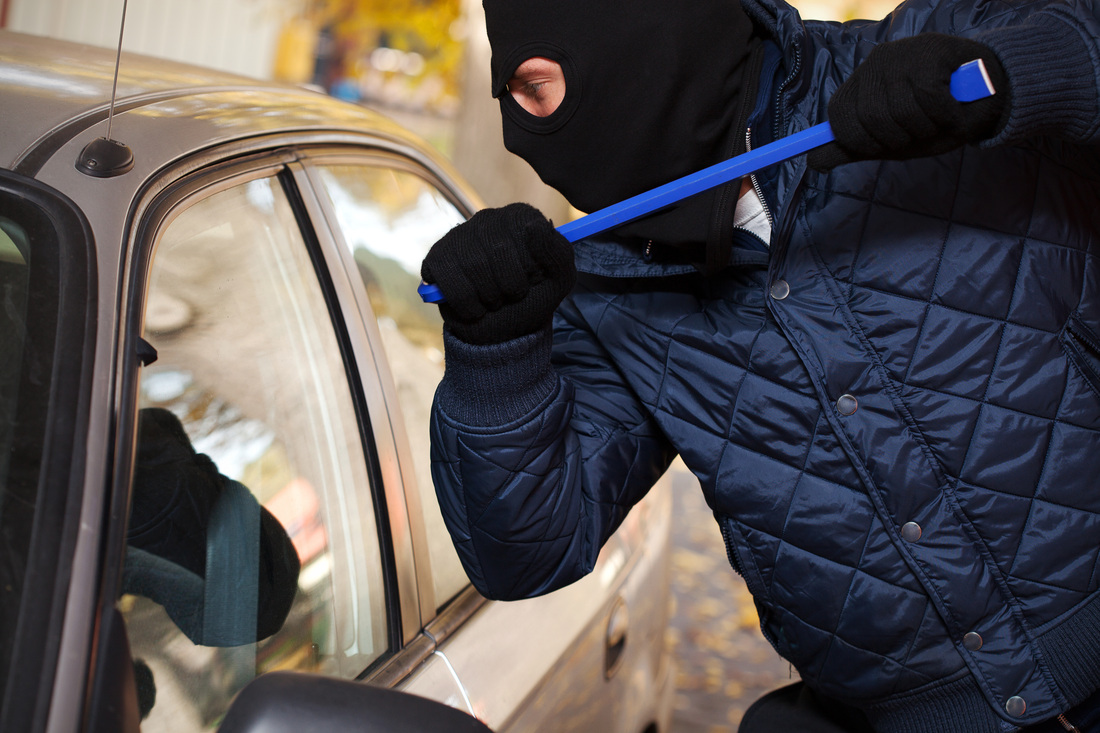
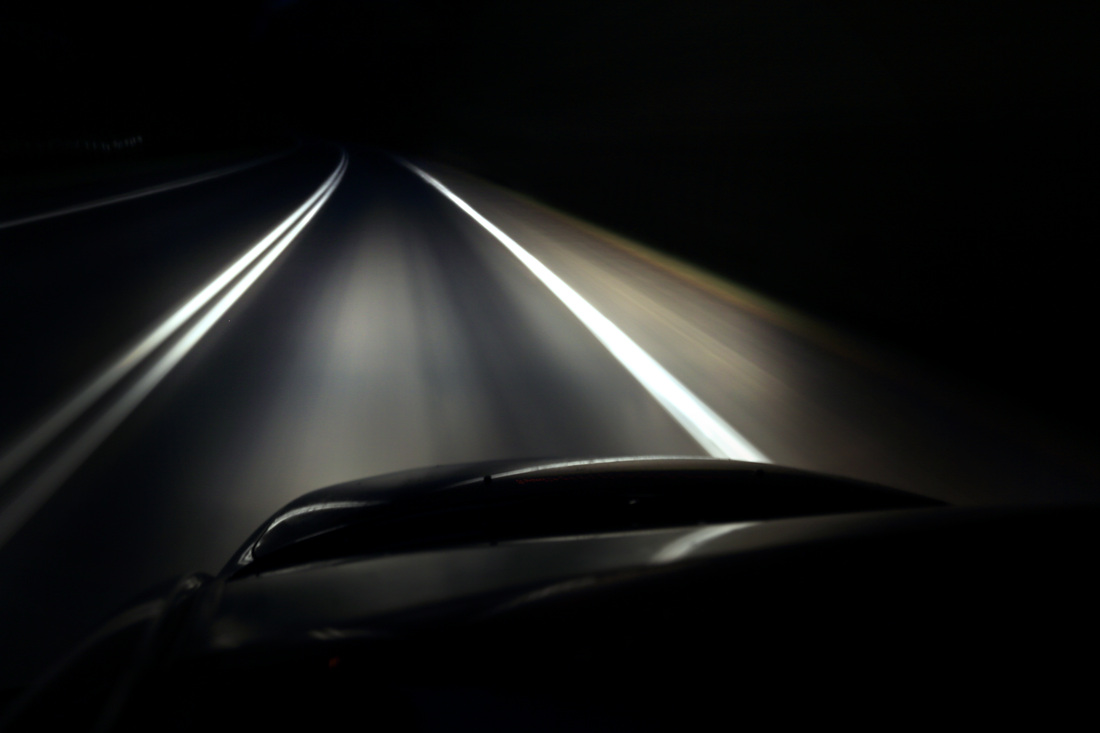
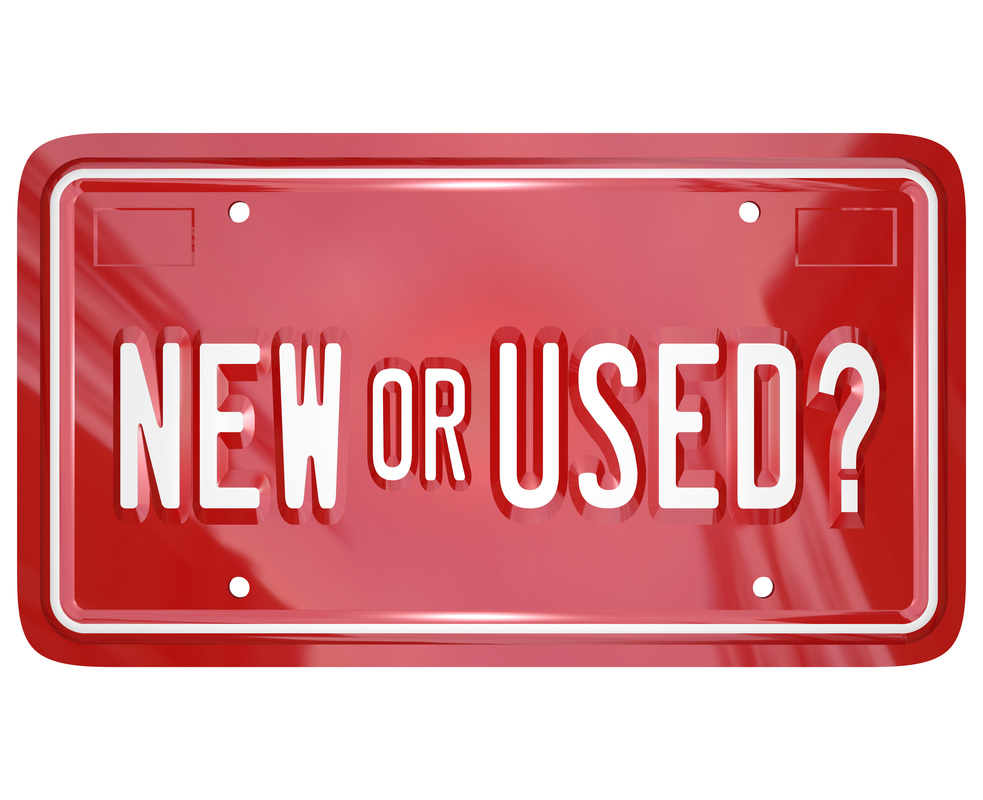

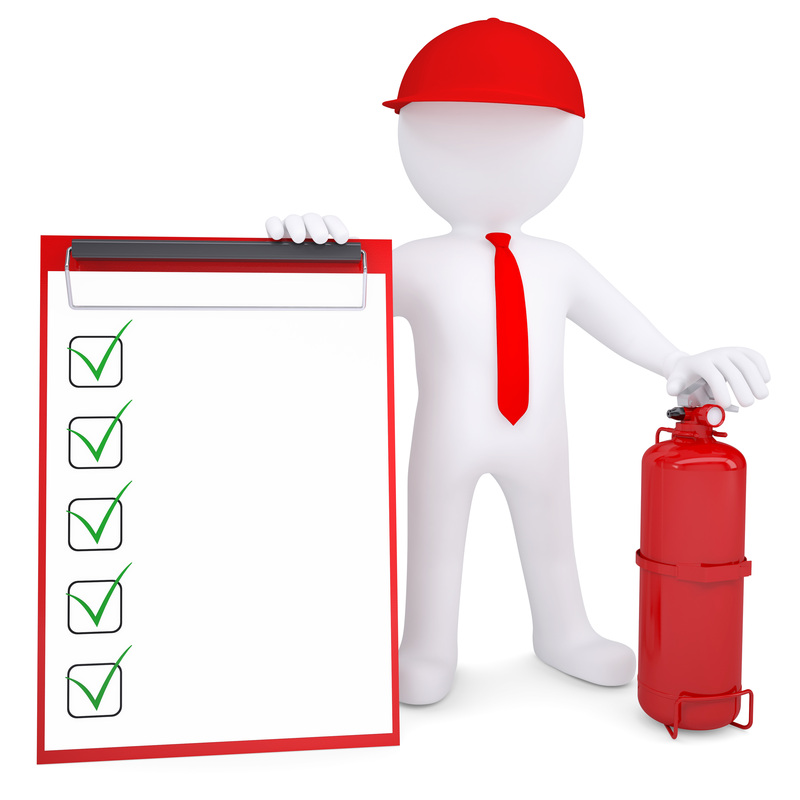
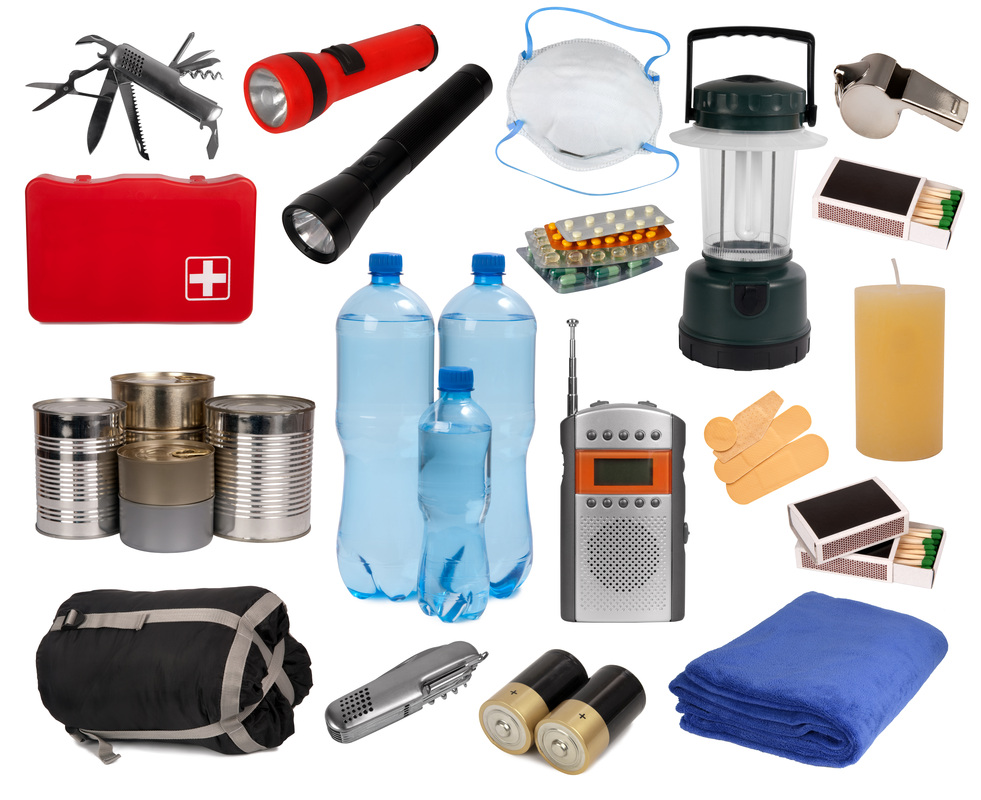
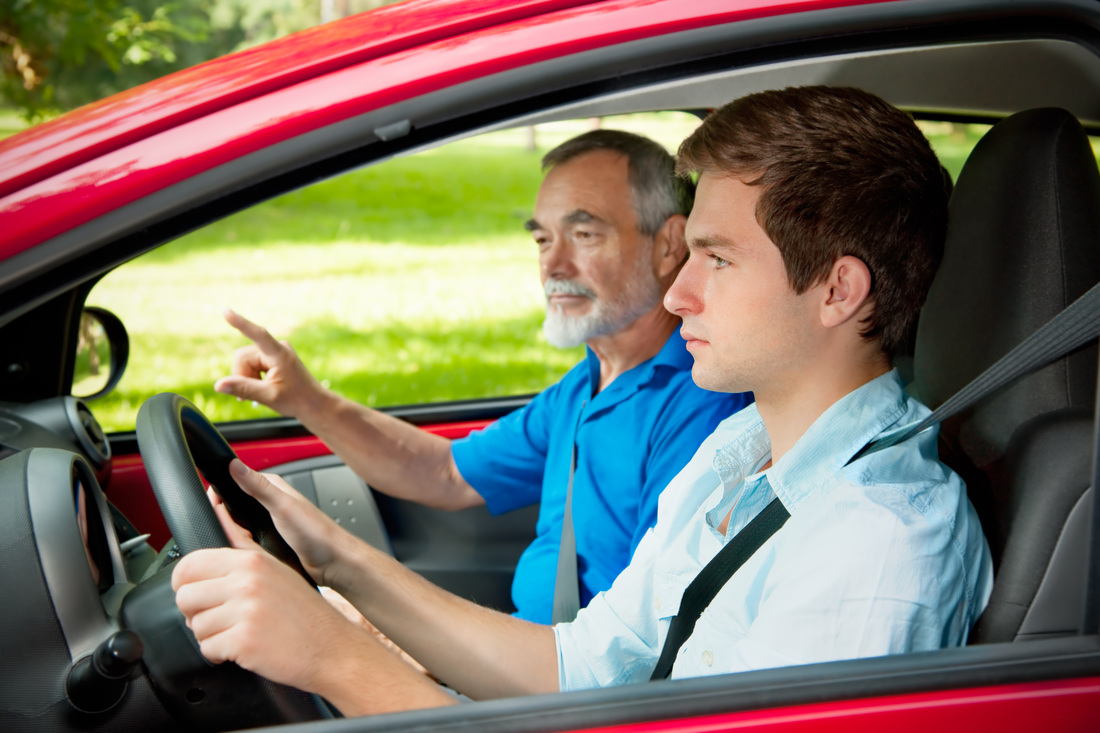

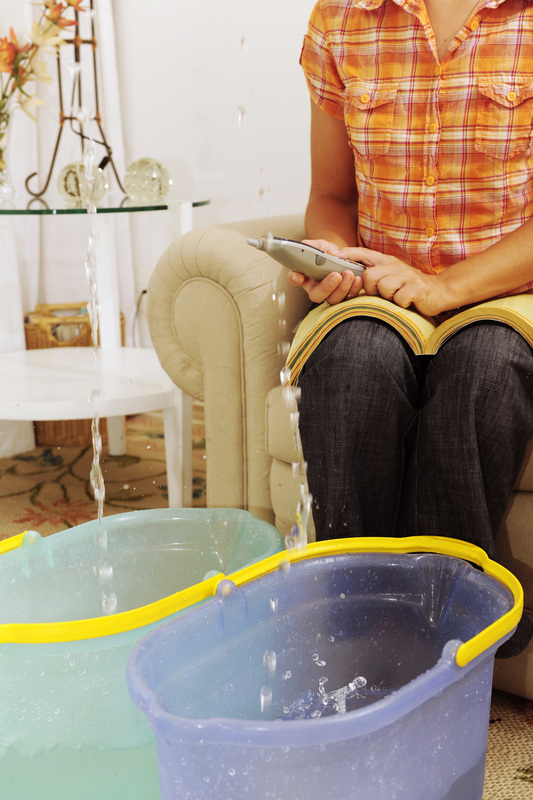
 RSS Feed
RSS Feed
